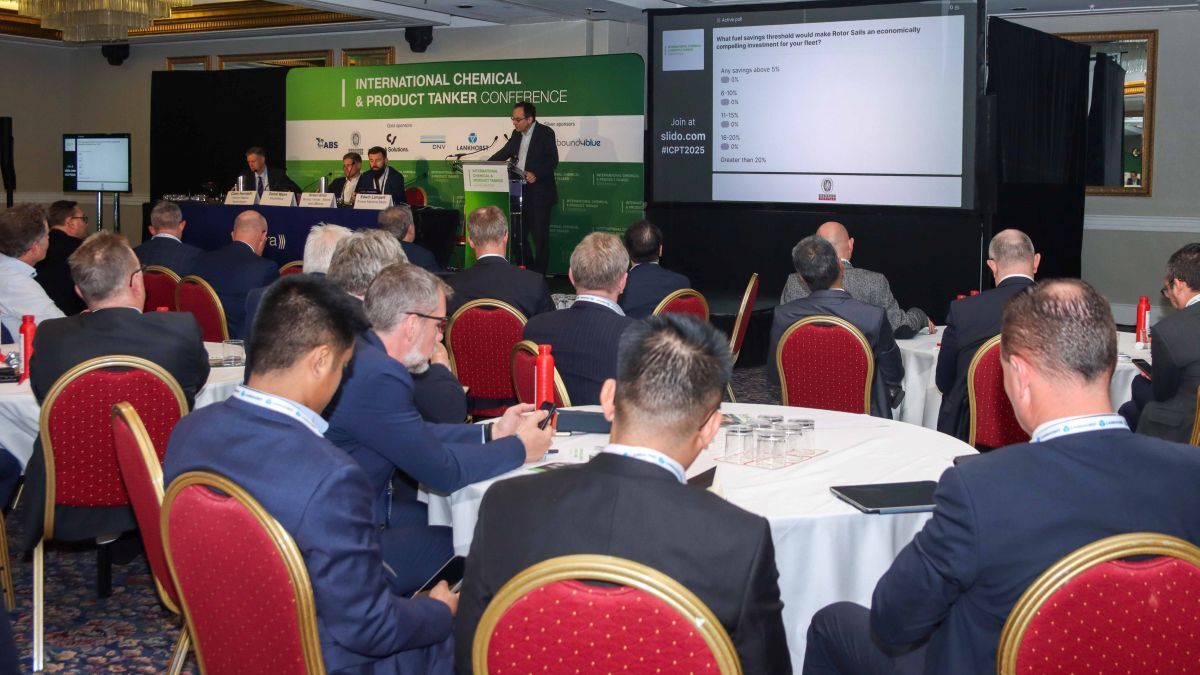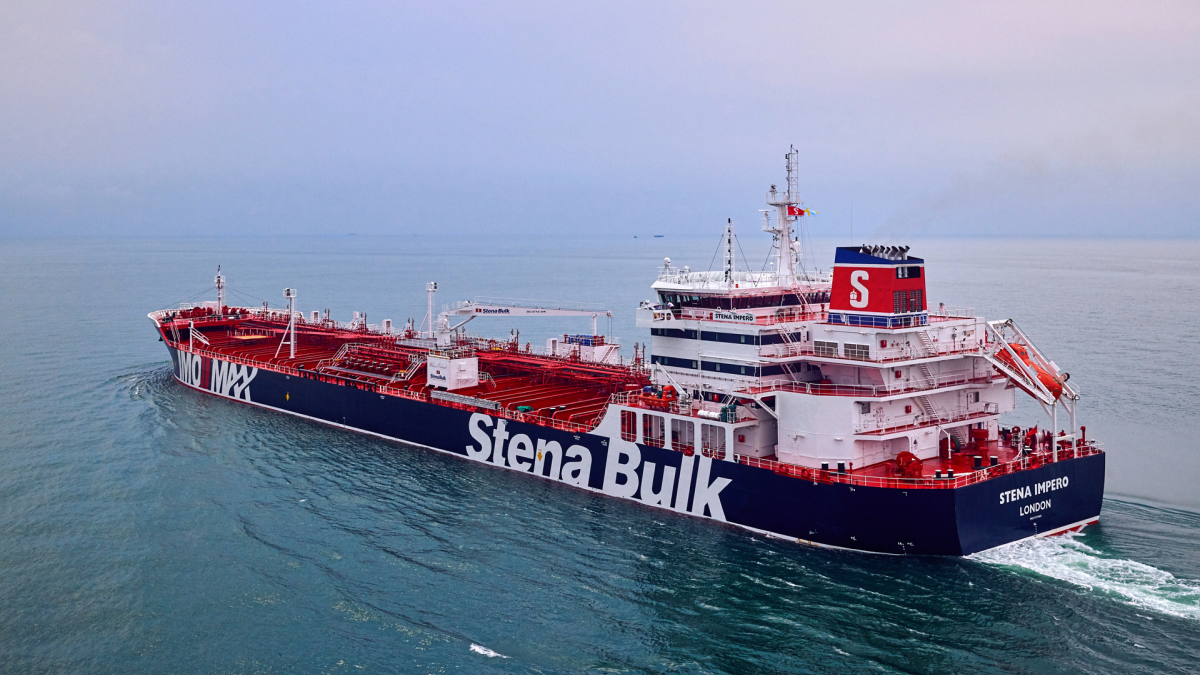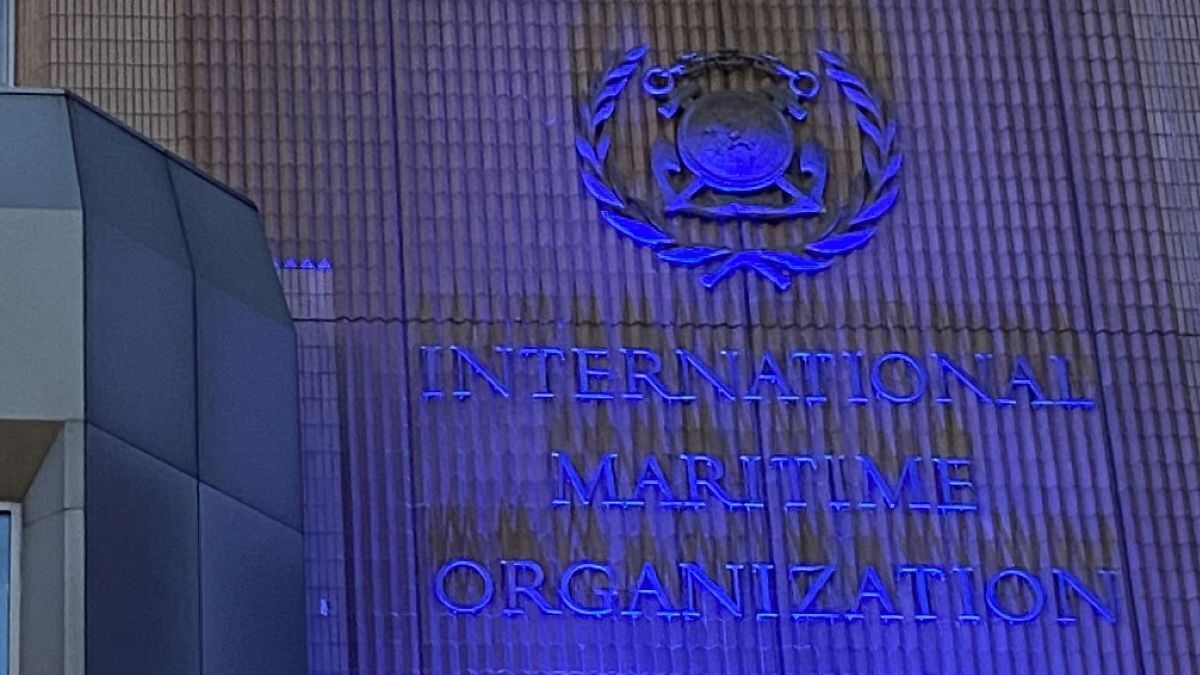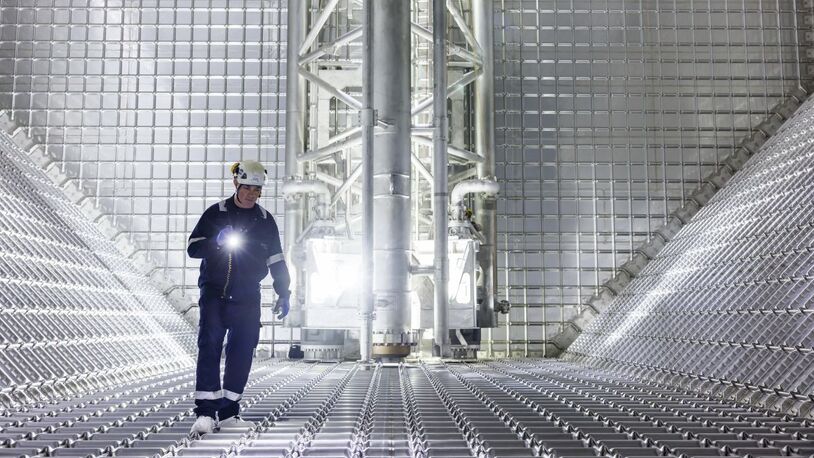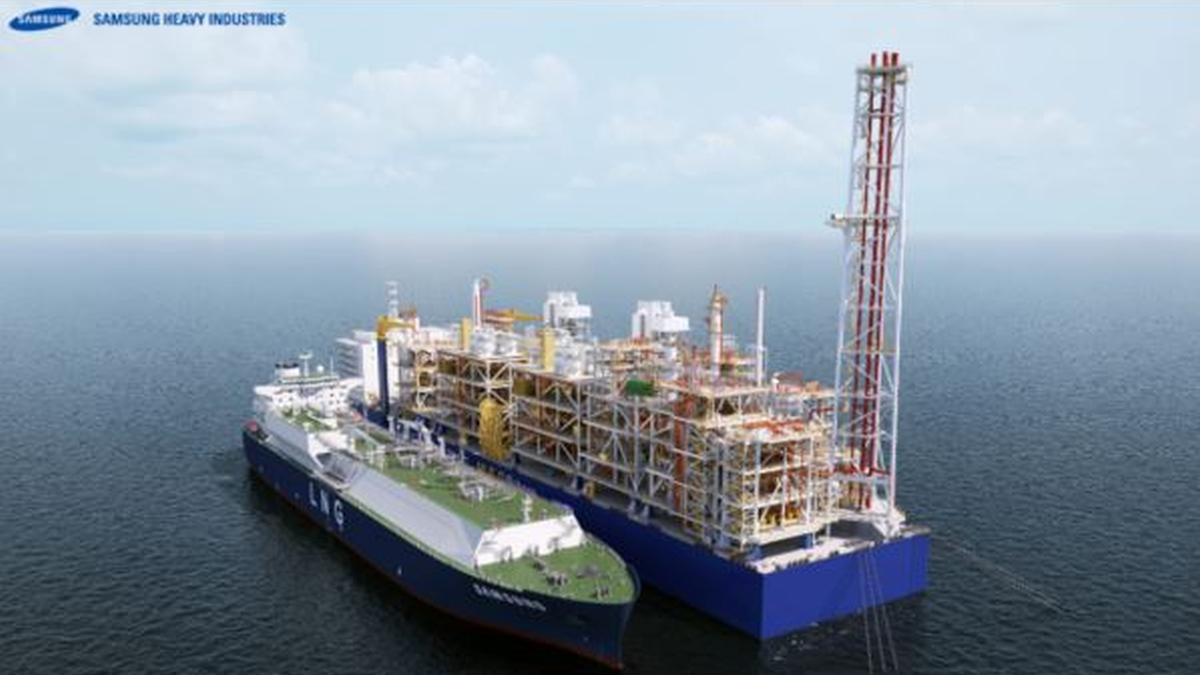Business Sectors
Events
Contents
Samson promotes non-jacketed synthetic ropes
Samson Rope has been marketing the advantages of its non-jacketed, chafe-protected, Dyneema-based mooring rope over jacketed lines
Samson Rope has been marketing the advantages of its non-jacketed, chafe-protected, Dyneema-based mooring rope over jacketed lines
Samson Rope, a provider of high-performance synthetic mooring lines to replace the steel wire ropes traditionally used in the maritime industry, reports a significant increase in the demand for its Dyneema-based mooring lines in 2007, not least due to developments in the LNG ship sector.
“The recent commissioning of the first 216,000m3 Q-flex size LNG carriers and the imminent arrival of the inaugural 265,000m3 Q-max size LNG carriers have posed several mooring-related challenges for shipowners and terminal operators,” states Craig Kelly, general sales manager – international for Samson Rope.
“The high strength, light weight, ease of handling, durability and environment-friendliness of our mooring lines manufactured with Dyneema fibre address these challenges. The fact that such ropes have now been in service for over 11 years on traditional tankers has made it obvious to LNG shipowners and terminal operators that synthetic mooring lines provide long-term operational cost savings. In addition, the continued rapid rise in the cost of wire rope is closing the gap in the cost difference between the two products.”
A conventional size LNG carrier utilising Dyneema-based lines typically has a complement of 20 mooring lines, each of 275 metres length and with a line strength of 120-127 tonnes. Depending on the construction, such a line would have a diameter in the 40-42mm range. For Q-flex ships this complement would increase to 22 lines, each of 275 metres in length and with a line strength of approximately 138 tonnes.
Samson offers both jacketed and non-jacketed Dyneema-based lines. The jacketed construction utilises a polyester jacket over a Dyneema core while the non-jacketed line is comprised of Amsteel-Blue, 12 strand, 100 per cent Dyneema synthetic fibre. “Traditionally, most shipowners, managers and terminal operators would request jacketed Dyneema mooring lines, as there is a perception in the industry that this type of construction provides a longer service life because the Dyneema strength member is protected by the outer polyester jacket,” adds Mr Kelly.
“However, Samson has always promoted its non-jacketed mooring lines, in tandem with specialised chafe protection in any high contact areas, as a better choice than a complete jacketed mooring line. Our non-jacketed Amsteel-Blue Dyneema synthetic system allows the shipowner to easily inspect the lines and then to repair and re-splice the lines, if necessary, only in the affected areas. The chafe protection is applied to only those areas of the line that are susceptible to possible abrasion and, should this protection become worn or damaged, it can be easily reinstalled or replaced. This cannot be done on a complete jacketed rope. The message is getting through and we are seeing a growing interest from the LNG market in our non-jacket Amsteel-Blue mooring line system.
Much of the R&D effort at Samson Rope over the past 12 months has been focused on modifications to the construction of some mooring line products with the aim of enhancing their strength, abrasion resistance and overall performance. LNG
Related to this Story
Events
Maritime Environmental Protection Webinar Week
The illusion of safety: what we're getting wrong about crews, tech, and fatigue
Responsible Ship Recycling Forum 2025
© 2024 Riviera Maritime Media Ltd.



